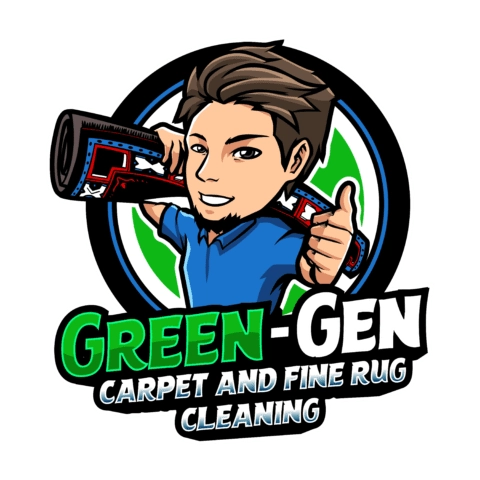Moth Damage Rugs & Carpet
According to the Illinois Department of Public Health, many species of clothes moths make their home in the Chicagoland area. These range from webbing clothes moths to case-making clothes moths, and other species. With the decline of wool in the use of clothing, these moths have been forced to find other food sources for their young – your carpets.
Any carpet made from wool, including hand-woven rugs, antique rugs, Oriental rugs, and other types, are all at serious risk from moths. A single infestation can result in devastation for your rugs. However, controlling them is not as simple as calling your local


Understanding the Need for Professional Moth Control
Your rugs are not moths’ food of choice. Most infestations originate elsewhere in the home, such as in the attic or little-used closets where moths have access to food sources, lay their eggs, and spin their cocoons. Once an infestation grows to the point that moths have infested your rugs, controlling the situation will require a complete clean-out of all moths, egg cases, and cocoons by a professional with in-depth experience.
Why is this? Simply put, while pesticide sprays might kill adult moths and even larvae, they do not affect the egg sacks, or the eggs hidden within. A pest control company might eradicate your current infestation, but because the eggs are left undamaged, a new generation of clothes moths will hatch and begin consuming your rugs.
The True Threat
While adult clothes moths are the most visible aspect of an infestation, they are not the true threat. Female moths lay hundreds of eggs within organic material like your Oriental rug. When they hatch, the larvae are ravenous. They require a high-protein diet, which your hand-woven wool rug offers. They can create massive amounts of damage in a very short time, and even a minor infestation can lead to lasting problems for your rugs.
Spotting the Signs of Moth Damage
Spotting the signs of moth damage can be challenging because female moths prefer dark, humid areas. Chicago’s geographic location takes care of the humidity, but you will need to explore your home and look for signs of moth damage. The following steps will help simplify the process:
- Limit your search to wool rugs. Clothes moths do not damage synthetic rugs.
- Move furniture. Because female moths prefer dark spaces, any area of the rug that’s not exposed to light regularly could be home to egg cases and larvae.
- After moving your furniture, check the top and backing for chewed areas. These will be areas where the wool has been chewed away. On the back, check the knots for damage.
- While inspecting your rugs, check for signs of eggs and casings, as well. Make sure to check the edging of the rug for eggs and casings. Not sure what moth eggs look like? They’re round and resemble large grains of sand.
- Inspect your home for signs of adult moths. They are small, measuring roughly a half-inch, and are ivory to gray in color. They also fly clumsily.
- Check your home for “cases”. These are the cocoons that larvae use during maturation. They are small, measuring around an eighth of an inch by a half-inch. The larvae live in the case and will drag it behind it while they feed.
What Do Clothes Moths Eat?
Contrary to their name, clothes moths do not limit their depredations to your clothing. They will eat most organic fibers, including wool, silk, fur, and feathers. They will even eat pet fur, cotton, and more. In an environment where there is little organic food, they will even try to eat synthetic fibers to reach organic ones underneath.
Can Regular Cleaning Prevent Clothes Moth Infestation?
Regular, expert rug cleaning is essential to ensuring that your valuable rug lasts for decades to come. It’s also an important defense against moth infestations. We recommend that you have your rugs cleaned every two years if you do not have signs of moth damage or a moth infestation. However, the best defense is a good offense, and we’ve found that annual cleanings help prevent moth damage. Not sure if you have a moth infestation? We can help. Our experts can identify moth eggs, larvae, and moth-related damage.
Rug Storage and Moth Damage
Many people keep their fine Oriental rugs and hand-woven wool rugs in storage during part of the year. This is a prime time for moth damage. When rugs are rolled up and put in storage, they enter the perfect environment for clothes moths – dark and unattended. Inspecting your rugs in storage is critical. We recommend an in-depth inspection of stored rugs every six months. This is particularly important for rugs that have food or pet stains, which can offer additional incentives for moths to lay their eggs.
Can You Prevent Moth Infestations by Using Moth Traps?
Moth traps can help, but they only do so much good. That’s because they only capture male moths. This alerts you to their presence and their location, but it does not prevent female moths from laying eggs or the larvae from destroying your valuable rugs. Female moths do not fly. Instead, they remain close to the floor and move by making short hops. Each female moth can lay up to 50 eggs at a time. The eggs take about two weeks to hatch, and then the cycle begins again.
Protect Your Rugs from Moth Damage
The only way to protect your valuable rugs from moth damage is through vigilance. We see severe rug damage every single year due to moth damage. At Green-Gen Carpet and Fine Rug Cleaning, we have decades of experience in cleaning delicate, valuable woolen rugs and have the experience necessary to not only keep your rugs clean, but to identify and then remove eggs, larvae, and cases to prevent another infestation from occurring.
Contact us today for more information about moth damage to your rugs or to schedule a consultation or cleaning for your valuable rugs.
Examples of Moth Damage
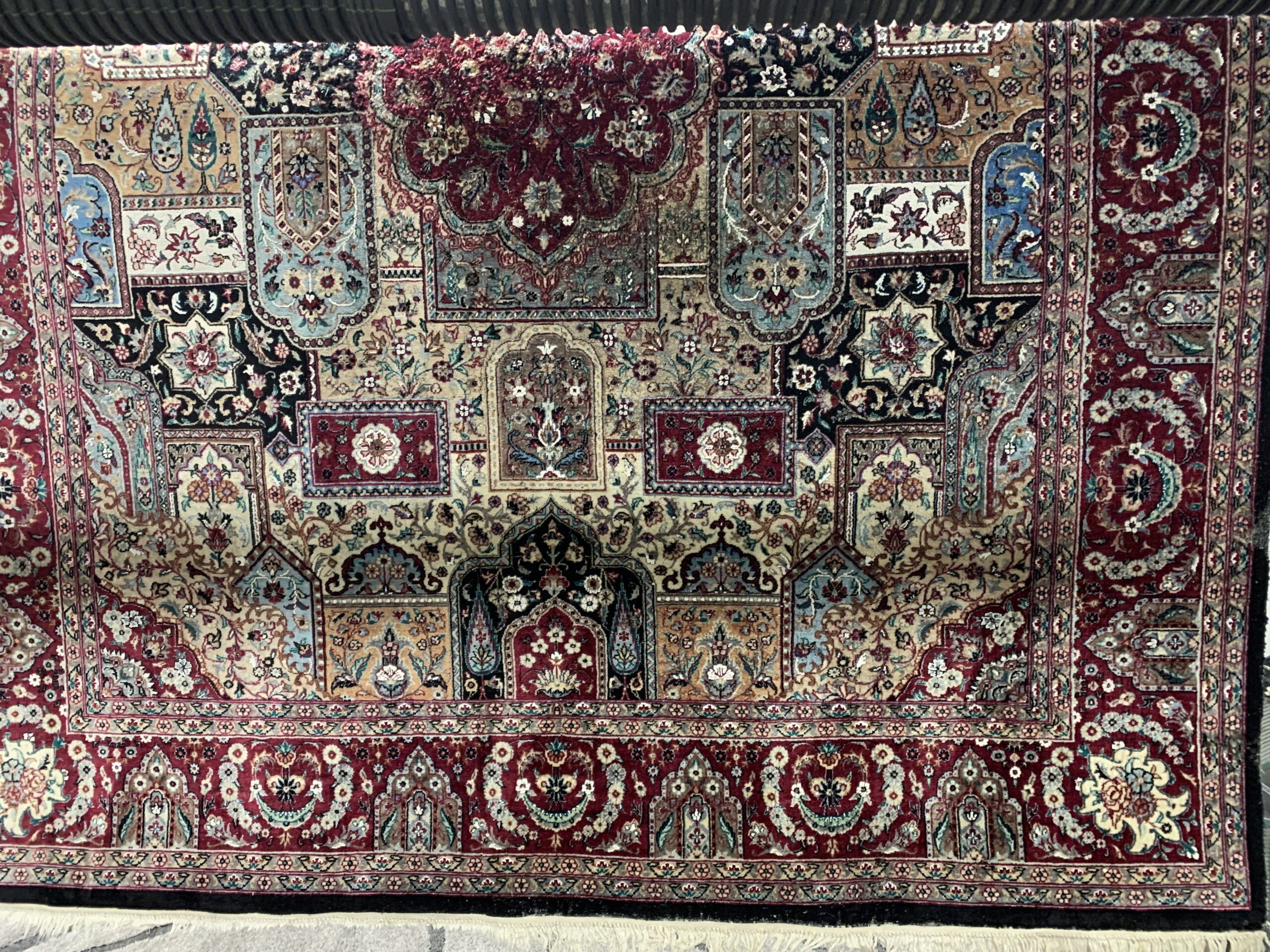
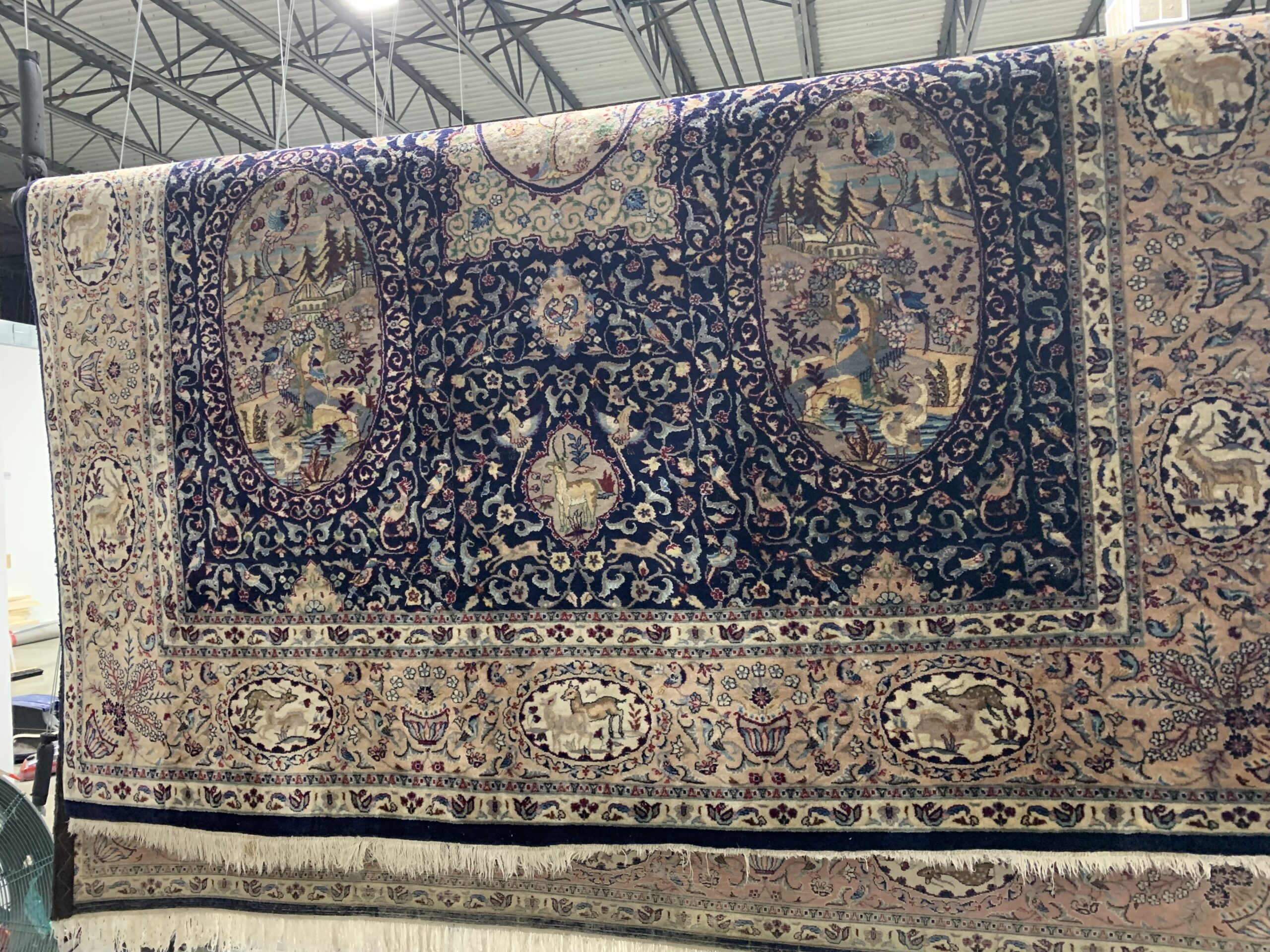
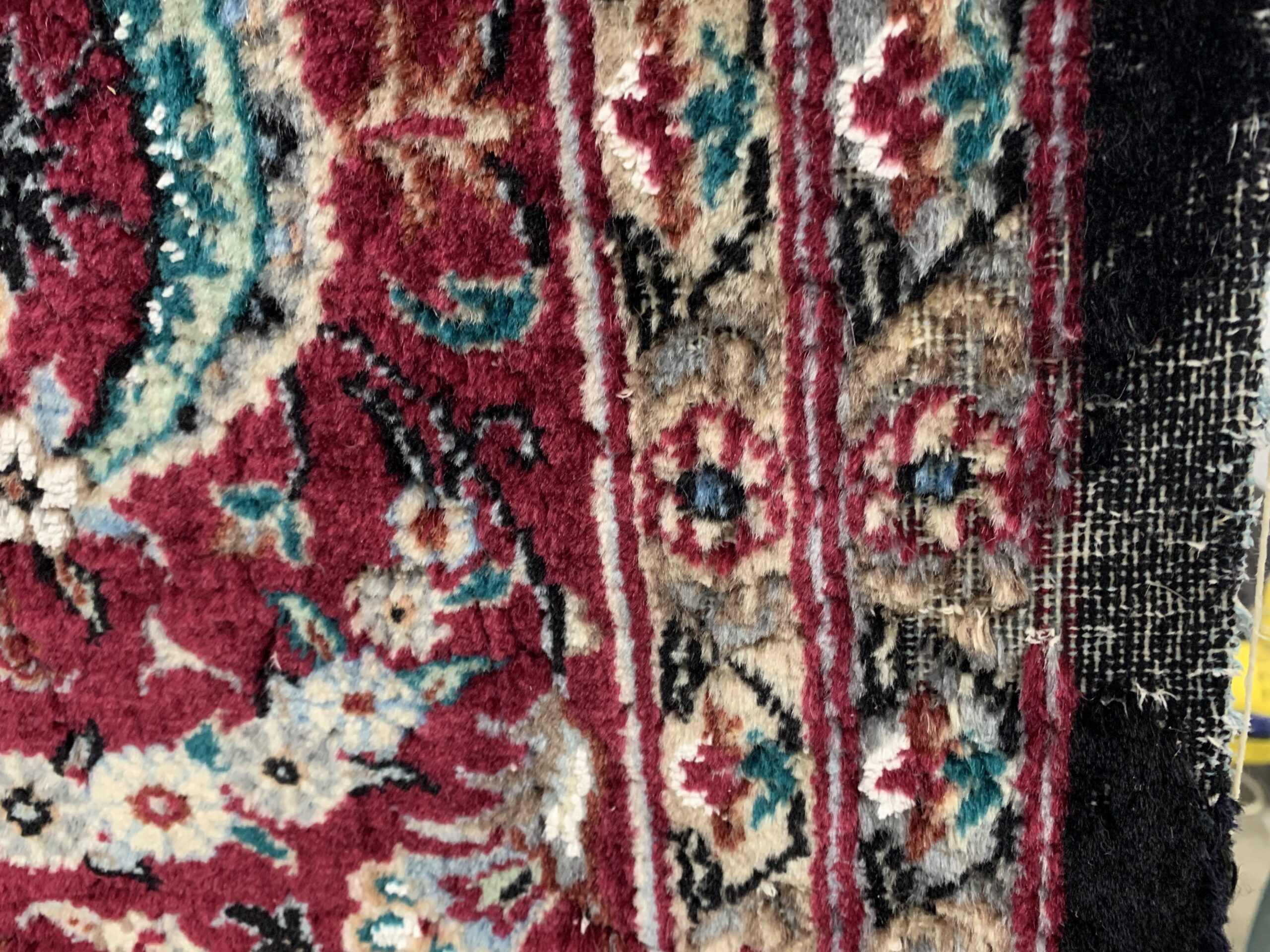
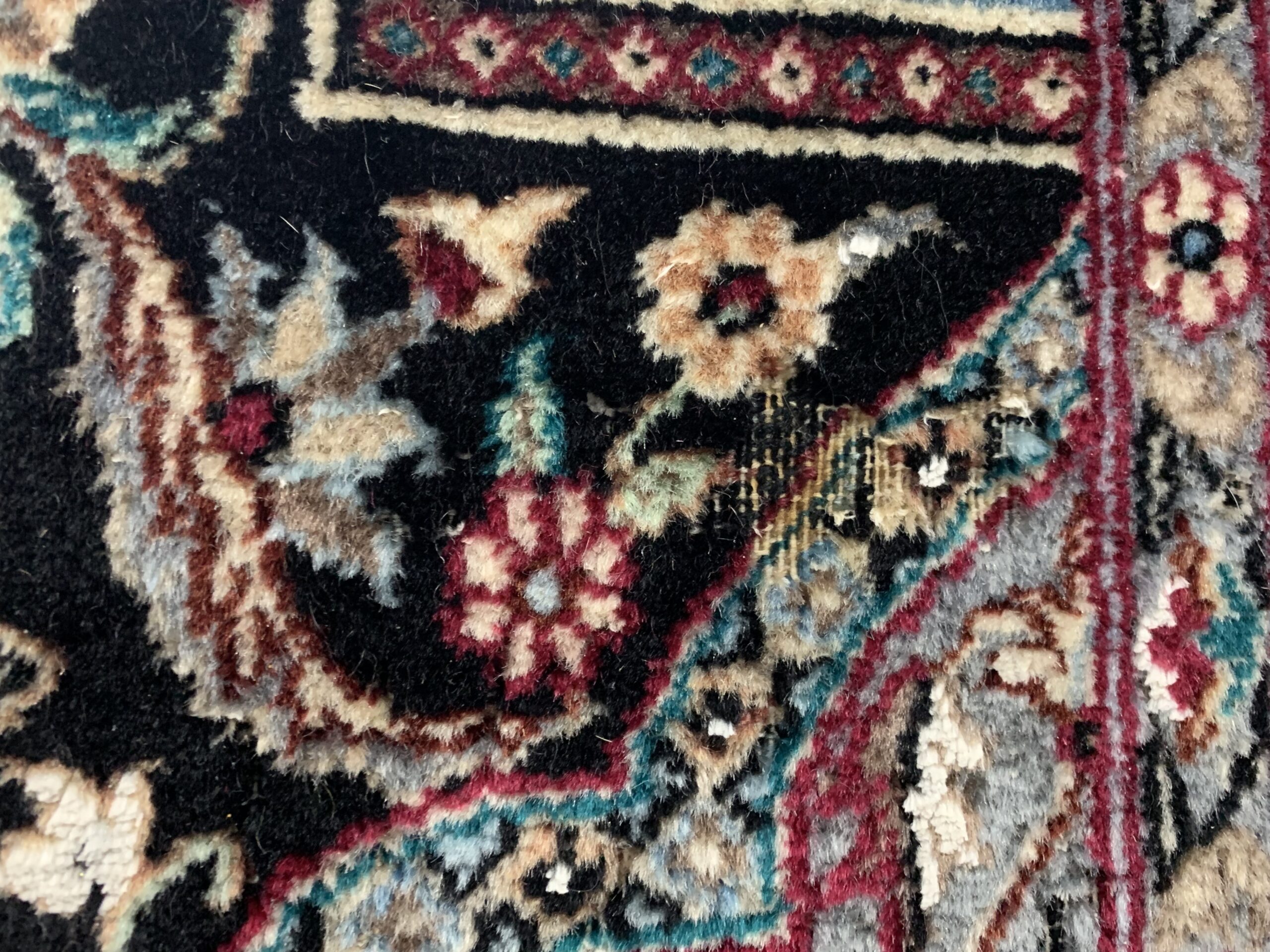
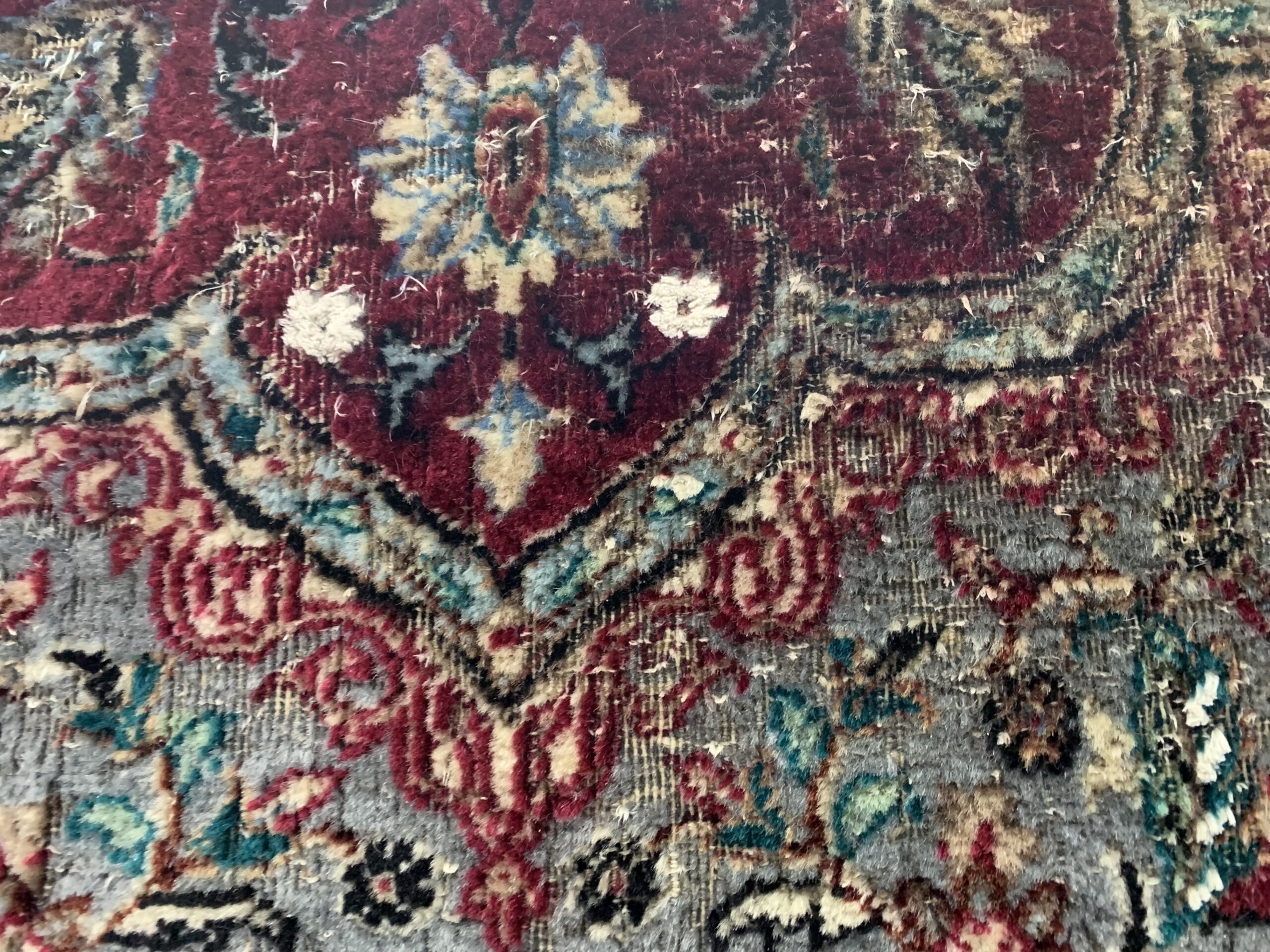
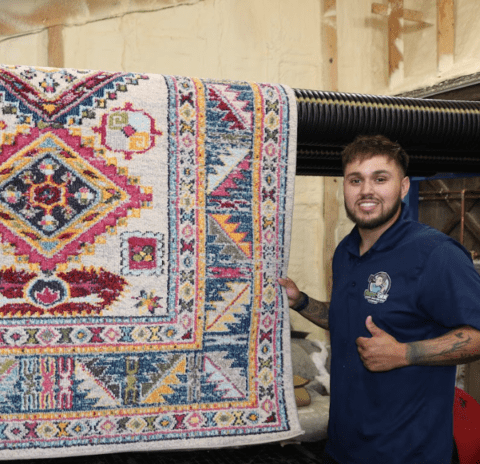
Message From Our Owner:
"If any concerns arise, I will personally return to address them. If you are still unsatisfied, I will refund 100% of your money, ensuring your complete peace of mind."
